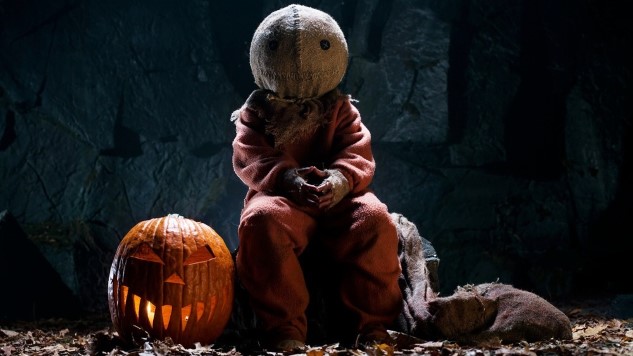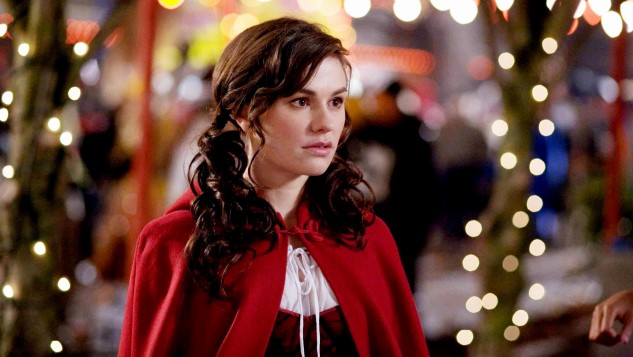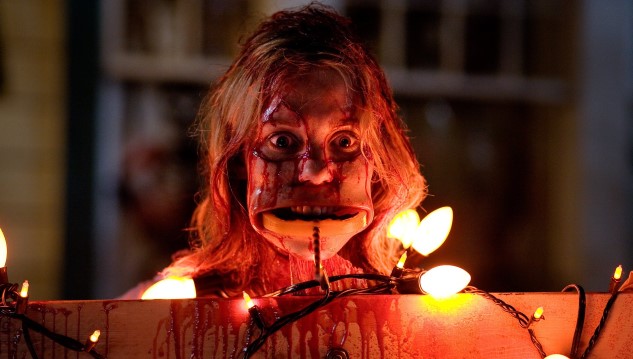 Loading... Please wait...
Loading... Please wait...Trick 'r Treat, the Ultimate "Halloween Night" Movie
Posted by US Card Code on Oct 31st 2017
You might be drawn in the direction of an old classic. Bride of Frankenstein? Night of the Living Dead? Psycho? All fine options. Likewise, you might make a night of modern horror classics. The Babadook? It Follows? The Witch? Not going to go wrong with any of those, either. But none of them is the supreme “Halloween night” film. You just buy iTunes Gift Code at US Card Code to enjoy it in HBO Now, iTunes Store
That movie is 2007’s Trick ’r Treat.
Trick ’r Treat, on the other hand, is truly about Halloween—about its traditions, affectations, and stereotypes both familiar and reimagined. It invokes traditions and superstitions that are likely familiar to any kid who grew up in suburban America in the last 40 years, while subtly threading in new customs and legends from the whole cloth—so artfully that they immediately seem just as valid and timeless. Case in point: Has it really always been considered a deadly holiday sin to blow out the candle of a jack-o-lantern? I don’t think I’d ever heard such a thing before Trick ’r Treat, but it was the sort of easily digestible urban legend that was effortlessly applicable to the holiday’s oral tradition. Basically, it fits existing Halloween folklore like a glove, right alongside that old yarn about razor blades in Halloween candy.
Trick ’r Treat is ostensibly an anthology film, but its structure isn’t so simple as an A-to-B procession of short stories loosely connected by a central theme. Rather, the tales of Trick ’r Treat happen concurrently, weaving in and out of each other over the course of a single, long night in what certainly feels quite a bit like the small Midwestern suburb of my youth. Each segment not only tells its own tale but reshapes the audience’s perception of the previous one, adding additional layers of meaning and revealing secondary consequence to events previously witnessed. Its characters all hail from different social castes and age groups: A white collar schoolwork; a group of teenage girls; a gang of elementary school kids; a bitter, Halloween-appropriate Scrooge equivalent of an old man. What they share is their experience—the fact that they’re embracing (or in the old man’s case, resenting) the traditions of Halloween. And their success or failure to do so may be all that keeps them alive.



